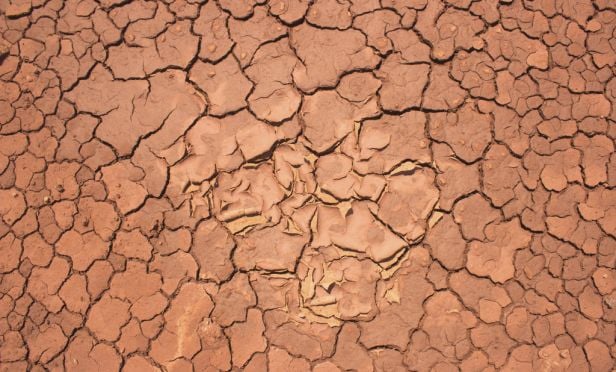 The current dry weather trends and the possibility of subsidence is a great concern in places like London, where many of the city's homes are constructed on clay-based soils. (Photo: ALM Media)
The current dry weather trends and the possibility of subsidence is a great concern in places like London, where many of the city's homes are constructed on clay-based soils. (Photo: ALM Media)
The effects of global warming were underscored this past spring and summer, as vastly different climate zones experienced record-high temperatures. Wildfires — perhaps the most visible consequence of hazardous drought conditions — raged across the Northern Hemisphere at unrivaled ferocity.
Recommended For You
Want to continue reading?
Become a Free PropertyCasualty360 Digital Reader
Your access to unlimited PropertyCasualty360 content isn’t changing.
Once you are an ALM digital member, you’ll receive:
- Breaking insurance news and analysis, on-site and via our newsletters and custom alerts
- Weekly Insurance Speak podcast featuring exclusive interviews with industry leaders
- Educational webcasts, white papers, and ebooks from industry thought leaders
- Critical converage of the employee benefits and financial advisory markets on our other ALM sites, BenefitsPRO and ThinkAdvisor
Already have an account? Sign In Now
© 2025 ALM Global, LLC, All Rights Reserved. Request academic re-use from www.copyright.com. All other uses, submit a request to [email protected]. For more information visit Asset & Logo Licensing.








